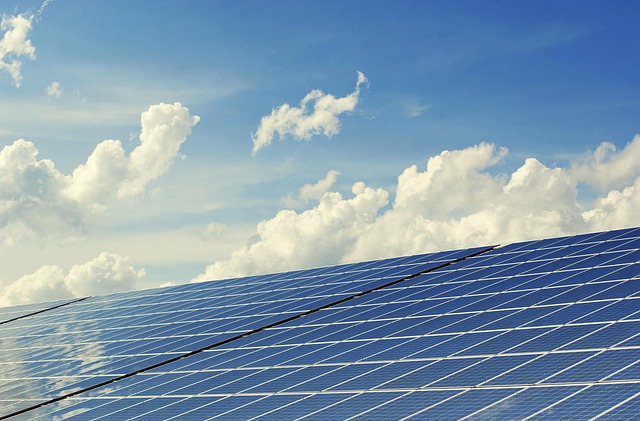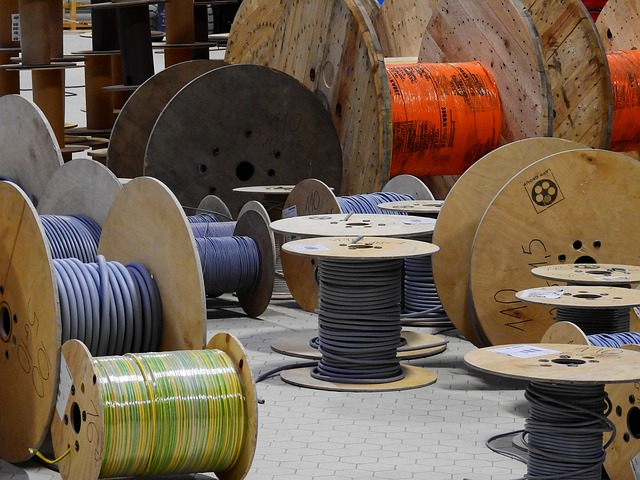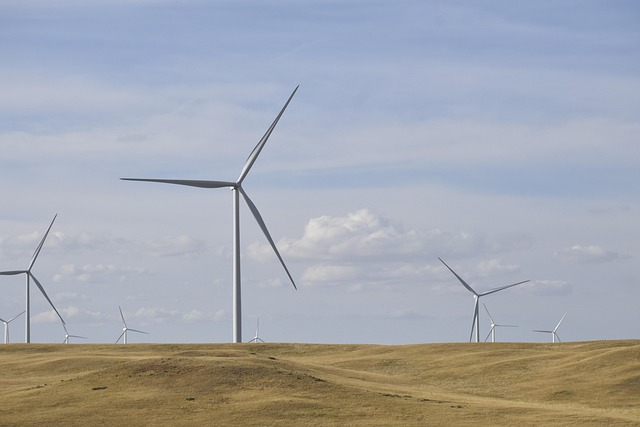The concept of an energy supply system is evolving from a simple grid that delivers electricity to a complex, adaptive network that supports a carbon‑neutral world. As nations strive to meet ambitious climate targets, the way we generate, store, and distribute power must align with principles of sustainable development. In this article we explore how green technologies reshape the energy supply system, reduce ecological footprints, and create resilient communities that can thrive without harming the planet.
The Ecological Footprint of Conventional Energy Systems
Traditional energy supply systems, dominated by coal, oil, and natural gas, contribute heavily to greenhouse gas emissions, air pollution, and habitat disruption. A single megawatt‑hour of coal‑fired electricity can emit more than 0.9 metric tons of CO₂, while diesel generators add toxic particulates that affect human health. These environmental costs translate into a large ecological footprint, measured in the amount of land and resources required to produce, consume, and dispose of fossil fuel infrastructure.
- High carbon intensity of fossil fuel combustion.
- Water consumption for cooling and processing.
- Land use impacts from mining and drilling activities.
Reducing this footprint requires a systemic shift: we must redesign the energy supply system to prioritize low‑impact, renewable sources, advanced storage, and efficient distribution.
Green Technologies: The Building Blocks of a Low‑Carbon Energy Supply System
Green technologies bring innovation to every layer of the energy supply system, from generation to consumption. These technologies include:
Renewable energy sources: solar, wind, hydro, geothermal, and biomass.
Energy storage: lithium‑ion batteries, flow batteries, pumped‑hydro, and emerging chemical storage.
Smart grid infrastructure: real‑time monitoring, demand‑response algorithms, and distributed control.
Energy efficiency devices: high‑efficiency HVAC, LED lighting, and industrial heat recovery.
When integrated, these components enable the energy supply system to operate with minimal emissions and a negligible ecological footprint.
Renewable Generation and the Path to Carbon Neutrality
Renewable power generation lies at the heart of a sustainable energy supply system. Solar photovoltaic (PV) and wind turbines now generate electricity with near-zero lifecycle emissions, once construction and installation costs are amortized. Hydroelectric plants, though mature, can still contribute when managed sustainably, ensuring minimal ecological disturbance.
Key advantages of renewables include:
- Distributed generation reduces the need for large transmission corridors.
- Rapid deployment allows regions to respond quickly to policy incentives.
- Scalability—from small rooftop installations to utility‑scale farms.
In 2023, renewable energy accounted for approximately 30% of global electricity production, a figure that has risen steadily as costs decline and technology improves.
Energy Storage: Balancing Supply and Demand
One of the main challenges of a renewable‑heavy energy supply system is intermittency. Energy storage bridges the gap between variable production and constant demand. Technologies such as lithium‑ion batteries, sodium‑sulfur, and advanced flow batteries offer high round‑trip efficiencies, while pumped‑hydro and compressed‑air systems provide longer duration storage for grid‑scale applications.
Effective storage strategies:
- On‑site battery packs for commercial buildings reduce peak load and reliance on fossil backup.
- Utility‑scale storage plants smooth seasonal variations in solar and wind output.
- Hybrid systems combining thermal storage with electrical storage increase overall efficiency.
By ensuring a stable supply, storage technologies allow the energy supply system to rely more fully on renewables, pushing carbon emissions toward zero.
Smart Grids: Intelligent Management of the Energy Supply System
Smart grids use advanced sensing, communication, and control to optimize the flow of electricity. They enable demand‑response programs that shift consumption patterns, allowing consumers to adjust usage during peak periods. This flexibility reduces the need for peaking plants, many of which are fossil‑fuel‑based.
Benefits of smart grid integration:
- Improved reliability through automated fault detection and isolation.
- Enhanced integration of distributed renewable generation.
- Data analytics that inform policy decisions and grid upgrades.
In regions where smart grids are fully implemented, the overall energy efficiency of the supply system can improve by up to 15%, directly reducing the ecological footprint.
Energy Efficiency: Reducing Demand to Match the Supply
Lowering demand is just as important as lowering supply emissions. Energy efficiency measures—such as high‑efficiency appliances, building insulation, and smart thermostats—reduce the amount of electricity required to maintain comfortable living and working environments.
Key strategies:
- Implement building codes that mandate insulation and efficient HVAC systems.
- Encourage the adoption of LED lighting and smart power strips.
- Deploy industrial process optimizations that recycle waste heat.
When the energy supply system incorporates these efficiencies, the pressure on renewable generation diminishes, allowing a smoother transition toward carbon neutrality.
Policy and Economics: Driving the Transition
Government policies, market incentives, and regulatory frameworks play critical roles in shaping the energy supply system. Carbon pricing, renewable portfolio standards, and subsidies for research and development lower the cost barrier for green technologies.
Economic mechanisms:
- Feed‑in tariffs guarantee fair prices for renewable energy producers.
- Tax credits for renewable installation and energy efficiency upgrades.
- Grants and low‑interest loans for community solar projects.
By aligning financial incentives with environmental objectives, policymakers can accelerate the deployment of green technologies and reduce the ecological footprint associated with energy consumption.
Case Study: A Carbon‑Neutral Town
In the coastal town of Sola, Norway, a comprehensive plan integrated solar farms, offshore wind turbines, battery storage, and a fully upgraded smart grid. Residents now receive electricity that is, on average, 95% renewable, with the remaining 5% supplied by a highly efficient, carbon‑free natural gas plant equipped with carbon capture technology.
Outcomes:
- Local CO₂ emissions fell by 40% in the first five years.
- Energy costs for households dropped by 15% due to demand‑response programs.
- The ecological footprint of the town’s energy supply system shrank by an estimated 30%.
Such successes demonstrate how a well‑designed energy supply system can meet human needs while safeguarding the environment.
Challenges and Opportunities Ahead
Despite the rapid progress, several hurdles remain:
- Grid inertia: Batteries and storage systems can reduce the grid’s natural stability, requiring new control strategies.
- Material scarcity: Lithium and cobalt demand for batteries may strain supply chains.
- Infrastructure upgrades: Aging transmission lines need modernization to accommodate distributed generation.
Opportunities, however, are equally significant:
- Advancements in solid‑state batteries promise higher energy density and safer operation.
- Green hydrogen production using excess renewable electricity offers a clean fuel for industry and transport.
- Public‑private partnerships can mobilize capital for large‑scale grid projects.
Addressing these challenges will require coordinated action across sectors, ensuring the energy supply system remains resilient, affordable, and environmentally friendly.
Conclusion: Toward a Sustainable, Low‑Footprint Energy Supply System
The transition to a carbon‑neutral energy supply system hinges on the widespread adoption of green technologies. By integrating renewable generation, advanced storage, smart grid management, and energy efficiency, societies can dramatically reduce the ecological footprint of their energy consumption.
While challenges persist—technical, economic, and regulatory—continued innovation and supportive policies promise a future where the energy supply system sustains human progress without compromising planetary health. The path is clear: embrace green technologies, rethink traditional paradigms, and build an energy supply system that is both resilient and restorative.




